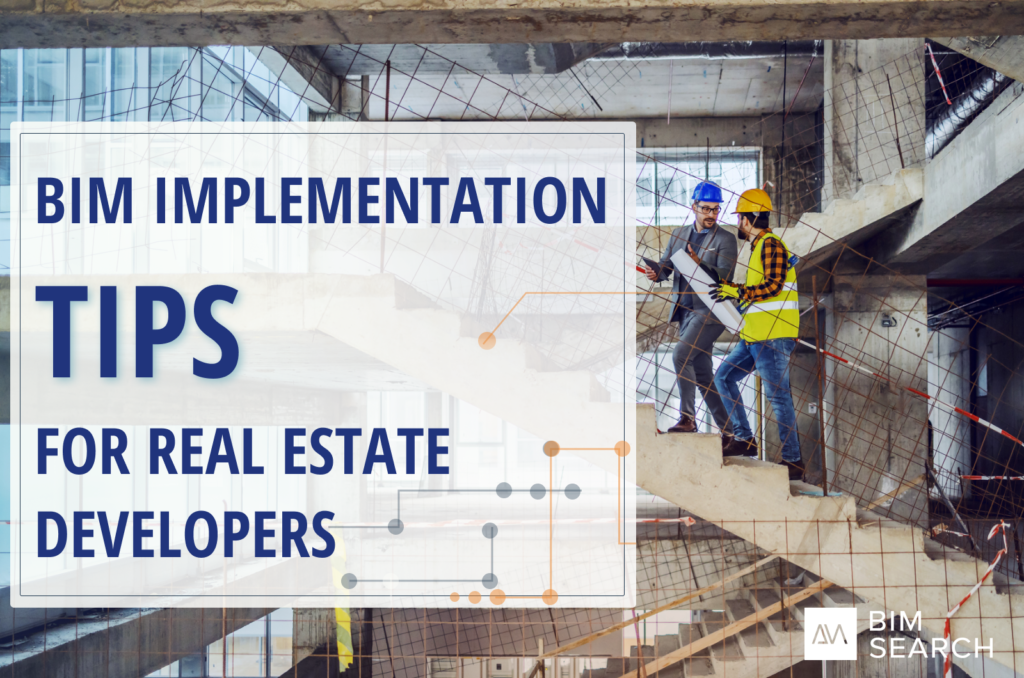


It is no secret that we are facing a climate crisis. Global warming and its effects on global ecology is one of the most persistent socio-political issues of the past half century, and it is becoming increasingly urgent. Accordingly, there has been a lot of research into the role of the construction industry regarding climate change.
Laddu Bhagya Jayasinghe and Daniele Waldmann begin their study of Building Information Modeling (BIM) in sustainable construction highlighting exactly this: the role of the construction industry in climate change:
There is a colossal responsibility not to waste these precious resources, and although the construction industry has a long way to go before it can be considered sustainable, some inroads have been made.
Design for Deconstruction (DfD) is one of the ways in which the construction industry is starting to consider sustainability. DfD is the process of planning for the circularity of building materials: using materials salvaged from demolitions or renovations to build new structures, and designing buildings from the start with this sort of recycling in mind.
The USA is particularly interested in this approach to sustainability, and the widespread use of timber in their construction means that it is a viable addition to the construction process. For more information about DfD and similar recycling processes, see papers such as Jayasinghe and Waldmann, and Rose and Bergsagel et al; in addition, the Environmental Protection Agency has even been involved in the development of a handbook for DfD.
DfD is a vital step for long-term sustainability, but in and of itself, it is not enough.
In addition to design and materials planning, sustainability in construction must also consider the construction process itself: what happens once the ground is broken. This is an area in which the vast majority of the industry is lacking.
The World Business Council for Sustainable Development (WBCSD) 2021 report on the Digitization of the Built Environment suggests that one of the barriers to sustainable construction is attitudinal. The construction industry consists of many mid-, small- and even micro-sized independent contractors, manufacturers and so on. This, the report argues, results in the prioritization of short-term goals that reduce costs, such as budget and turnaround, rather than sustainability.
Autodesk Construction Solution’s senior vice president and general manager, Jim Lynch, summarized his experience at the 2021 COP26 in Engineering News-Record (ENR), highlighting the importance of efficiency in sustainability. With increased efficiency and accuracy comes reduced waste, and technology is “the key”.
The good news is we don’t have to look far for this technology. Building Information Modeling is an invaluable resource for improving the efficiency of the construction process. If implemented correctly, as part of the day-to-day workflow of an organization, be it a large company or a small family business, the benefits can be reaped with very little effort. BIM models are not just visualizations or 3D renderings: as the name suggests, they contain within them information about the types of materials, quantities, and so on. Accessing and utilizing this information properly increases efficiency and reduces errors, thus saving money, time, and resources. These are not just financial benefits, but environmental ones too.
Sustainability need not be at odds with profit.
Join thousands of professionals who use BIMSearch to boost their productivity
© 2021 AMEC Tech - All rights reserved
